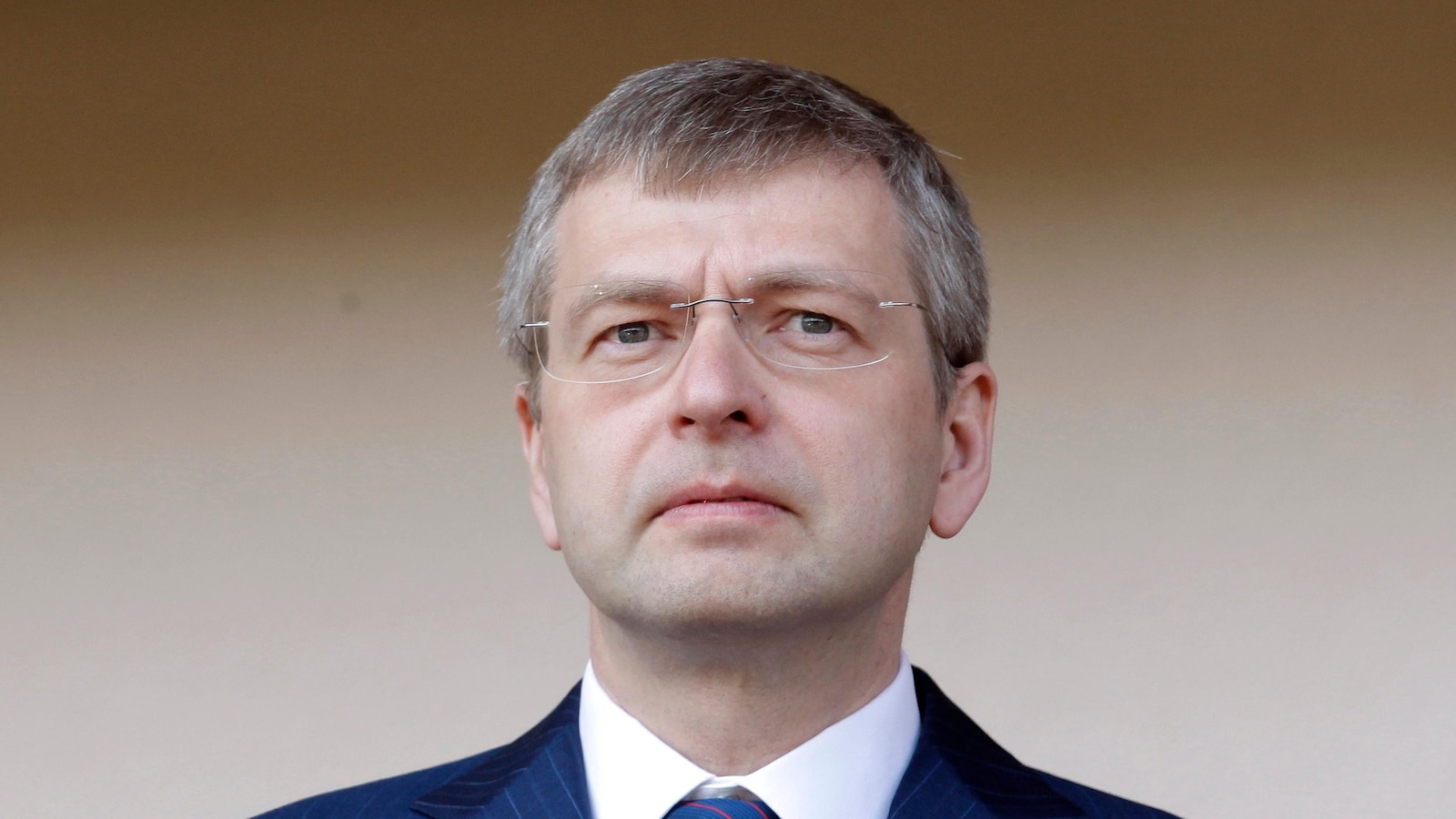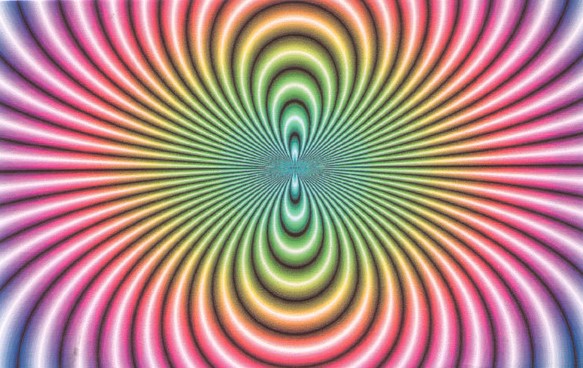Only four are at issue in the trial, including Leonardo da Vinci’s “Salvator Mundi, ” Latin for “Savior of the World,” which Rybolovlev’s lawyers say Bouvier bought from Sotheby’s for $83 million, only to resell to Rybolovlev a day later for over $127 million. In 2017, Rybolovlev sold it through Christie’s for a historic $450 million as it became the most expensive painting ever sold at auction.
By my rough calculations, for this piece:
$450M - $127M = $323M profit for plaintiff = shut the fuck up
Seriously though. He made a huge profit and is suing a third party that had nothing to do with the private sale between he and his dealer because he realized dealer screwed him. Not sure why you were being down voted.
Simps crying for billionaires. Or they just hate basic math.
I hate billionaires AND basic math.
Me too 🤜🤛

To be fair, those $46 million will buy quite a few avocodo toasts and lattes
Sometimes life is truly unfair.
Someone sell this asshole a polar bear liver.
Removed by mod
Birth of a classic?
Instameme for sure lol
Suck shit billionaire bitch.
He bought goods for a value that was greater than the value he imagined they would be worth. Isn’t that precisely how one would accumulate billions in the first place, except in reverse?
It gets better. He resold one of the paintings in question for a profit of 320 million$. He is suing because his speculative profit wasn’t big enough.
the fastest way to become a billionaire is to start as a trillionaire!
Lol get fukt
It’s frustrating for the super-rich when an extremely popular method of laundering money proves to be filled with shady characters. LMFAO.
Tearful? Jesus Christ, somebody’s lost all sense of proportion.
Forgive the source of the image/product, can’t be fucked to make my own version, and let me just get out my mug for billionaire tears
Also, just going to leave this here
https://medium.com/@hkmcleod/how-the-rich-use-art-to-launder-money-efe4d466d17aDoes the second half actually explain how it works? Because the first half, which was all I could read, doesn’t really explain how they get the clean money back.
From another article I found:
Art money laundering is a process where illegally obtained funds are disguised as legitimate income through purchasing and selling artworks. It works by exploiting the unique features of the art world, such as its lack of regulation, the opacity of transactions, and the high value of art pieces.
- Purchasing artworks: The first step in art money laundering is to purchase an artwork using illegally obtained funds. This can be done through a shell company or anonymous trust to hide the true owner of the artwork. A work of art purchased from a museum is transported to any freeport or a high-security warehouse near airports. Artwork can be kept here for years without damage. As a result, the work to you disappears out of sight. At this point, free ports make the act of disappearance much easier. In addition, as long as they are kept in the warehouses in these ports, the works of art are considered in transit, and therefore tax is avoided. Artifacts here can be sold privately and anonymously, even without leaving the port.
- Inflating prices: The launderer may then inflate the price of the artwork through a series of artificial transactions to make it appear as though the artwork has increased in value. At this point, if the buyer is willing to pay high prices, the value of the work can be sold at a much higher price.
- Hiding ownership: The launderer may also hide the true owner of the artwork by transferring it to another shell company or anonymous trust. This makes it difficult for authorities to trace the ownership of the artwork and the source of its funds.
- Selling the artwork: The final step in art money laundering is to sell the artwork for its inflated price, effectively disguising the illegal funds as legitimate income.
Due to the special nature of the works and the transactions taking place, it becomes difficult for governments to monitor and control the sales. The transactions made can be sent to the destination country via many countries by invoicing low values. Transactions across multiple countries make the job even more complex.
Lemme just grab my popcorn







